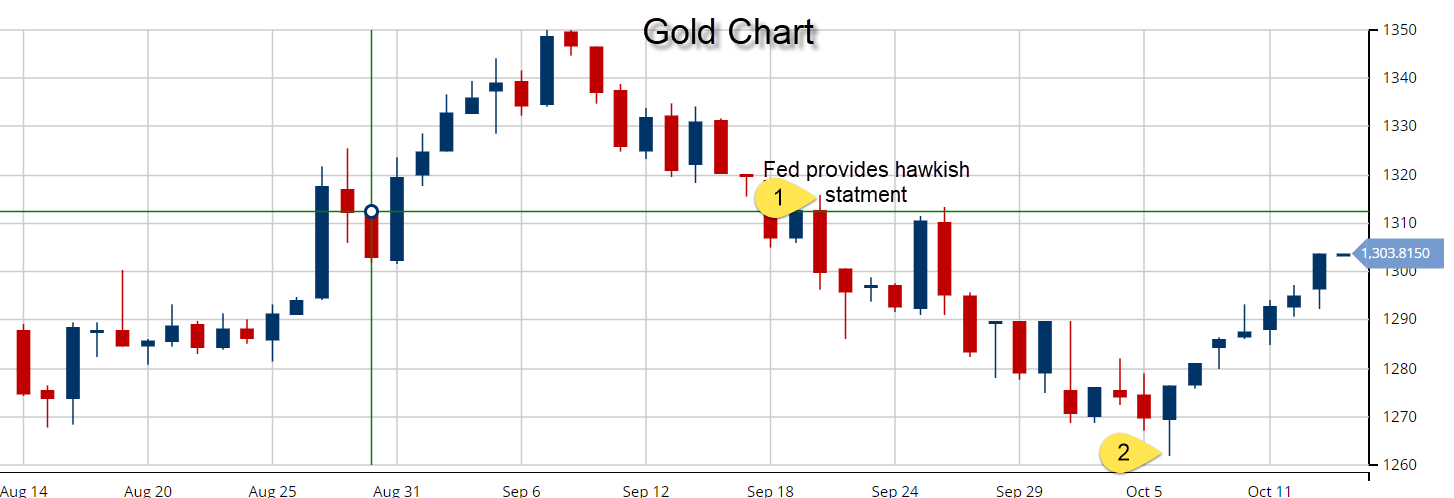
Commodity prices are facing a shift. As inflation heats up and growth stabilizes, the commodity arena is gradually tilting in favor of growth-oriented commodities such as Oil and Copper Meanwhile, commodities associated with inflation protection, e.g., Gold and Silver, are not only losing their allure but face growing sell pressure.
The thought of selling precious metals just as inflation is showing signs of coming back may sound counter-intuitive. After all, precious metals are one of the more well-known methods of hedging against inflation. So, why are precious metals tanking just as inflation is coming back?
Because the capacity of precious metals as an inflation protection method emerges when investors believe that inflation is understated in the official numbers. When inflation becomes fact, we begin to see the classic, "buy on rumor, sell on fact" response; i.e., investors start selling precious metals. Since Gold and Silver do not pay interest, their investment appeal decreases when rates rise. But, when inflation is under-reported, effective rates are lower and the value of the currency, in our case the Dollar, is eroded. And, in this case, precious metals gain appeal for preserving value and as an alternative investment. That would explain Gold’s price surge from July $1,210 an ounce in July to $1,350 in September, when US headline inflation numbers caught the market off guard with a fall to from 2.7% in February to 1.6% in June, meaning inflation was understated.
This dynamic also explains the fire sale that hit precious metals in the aftermath of the Fed's September rate decision. The Fed signaled a rate hike as soon as December and another three in 2018. Gold responded by shedding 3.6% in two weeks.

Chart courtesy of MarketClub.com
All the while, the rest of the commodities space was holding rather well in the face of higher rates. In fact, in aggregate, excluding precious metals, commodities prices were gaining. One good example is the iShares S&P GSCI Commodity-Indexed Trust ETF (GSG), which embodies exposure to the broad commodities market from energy and agriculture to precious metals and gained 0.54% during Gold's selloff. Continue reading "Commodities: Time For A Strategy Shift"
